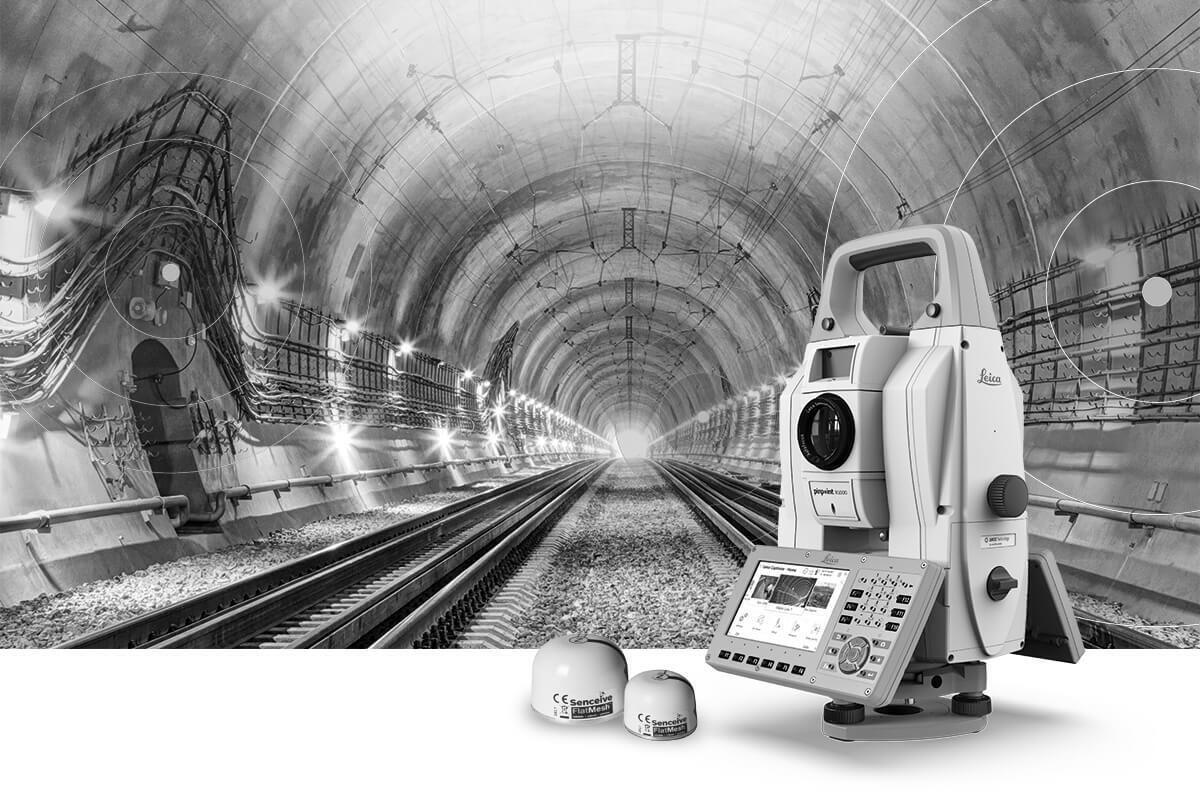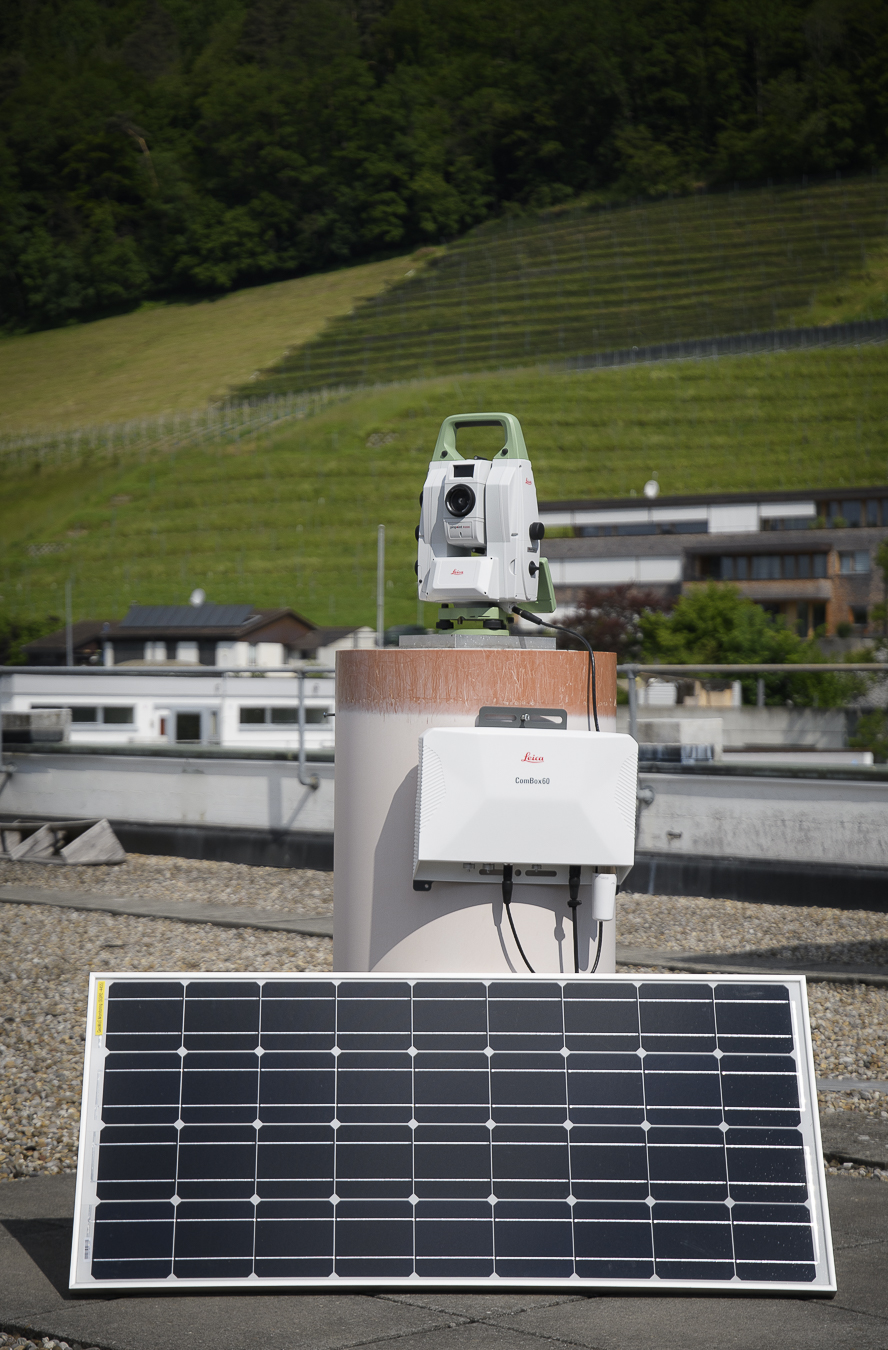
The Different Types of Structural Monitoring
July 23, 2025 10:45 amManual Monitoring Using Retro-Reflective Targets
Manual monitoring with retro-reflective targets is one of those classic techniques that just keeps delivering. If you’ve ever been on a site where you need to keep tabs on a bridge, a building or even a retaining wall, you’ll know how valuable a straightforward, reliable method can be. I’ve found this approach works brilliantly when you want accuracy without fuss.
Here’s how it usually goes. You fix tough, weatherproof targets to the spots you’re most interested in—think bridge piers or the corners of a new structure. These little markers don’t mind a bit of rain or sun, and they’ll stay put for as long as you need. Then, using a high-precision total station (the Leica TS16 or TM60 are real workhorses), you record the exact position of each target. The latest models even come with auto-focus and clever tech that locks onto your target, so you’re not left squinting through the lens on a windy day.
Once you’ve got your baseline, it’s a matter of coming back at set intervals—maybe every week, maybe after a storm—and repeating the measurements. The trick is to set up your instrument in the same place each time (I always mark my tripod spots, it saves a lot of head-scratching). This repeatability is what makes the method so powerful. Even the tiniest movement, down to a millimetre, shows up in your data.
What I love about this method is its simplicity. There’s no need for fancy installations or permanent sensors—just solid, repeatable results. And with tools like Leica Captivate apps, you can even automate some of the routine, which makes life a bit easier. Data can be sent straight to the cloud and processed in Leica Infinity, so you’re not stuck in the office late into the evening.
Manual monitoring is perfect when you want reliability without the bells and whistles. It’s a trusted approach, and for many surveyors, it’s still the backbone of long-term monitoring projects.
Semi-Automated Monitoring: The Best of Both Worlds
Semi-automated monitoring is where things start to get interesting. It’s like giving your manual workflow a bit of a boost—less time on site, more confidence in your data, and fewer headaches all round.
You start out just as you would with manual monitoring, fixing those trusty prisms or targets in all the right places. The real difference kicks in when you use something like the Leica TPS Monitoring App. This bit of kit can search for and measure all your points automatically, so you’re not running around with a notepad, hoping you haven’t missed one. It’s a real time-saver, especially when you’re juggling multiple jobs.
I’ve used this approach on sites where regular checks are needed but full automation would be overkill. You can set the system to run a campaign of measurements over several hours, and it’ll even flag up if something’s gone wrong—like if your instrument’s been nudged or a target’s gone walkabout. The best part? You get instant feedback and can upload your results straight to Leica GeoMoS Now! Survey Edition. No more fiddling with USB sticks or endless spreadsheets.
This method is a brilliant fit for projects where you need regular, high-quality data but don’t want to go all-in on automation. It’s efficient, reliable, and gives you the flexibility to adapt as your project evolves. I’ve seen it make a real difference on sites with tricky access, where every extra minute on site counts.

Full Automatic Monitoring: Always On, Always Watching
Full automatic monitoring is the gold standard if you want to know exactly what’s happening, every minute of every day. It’s the sort of system that gives you peace of mind—especially on high-risk or complex projects where missing a movement just isn’t an option.
Let’s talk kit. The Leica TM60 or MS60 total stations are at the heart of many automated setups. These instruments are packed with features—manual and automated aiming, angle accuracy down to half a second, and the ability to scan dense point clouds at up to 150 metres. I’ve seen the MS60 in action on a busy motorway project, quietly scanning away while traffic thunders past, picking up the tiniest shifts without breaking a sweat.
But it’s not just about total stations. Senceive’s wireless sensors are a game-changer for monitoring tilt, displacement, and even cracks. They’re built to last, waterproof, and some models run for up to 15 years on a single battery. No need for endless cables or constant maintenance. I’ve been genuinely impressed by how quickly these can be deployed, even in awkward locations like tunnels or railway cuttings.
All this data feeds into platforms like Leica GeoMoS Now!, where you can see everything in real time—on your laptop in the office or your phone out on site. You get custom dashboards, instant alerts if anything moves more than it should, and the ability to share results with your team at the click of a button. You can even bring in data from GNSS, radar, and other sensors for a complete picture.
Full automatic monitoring is perfect when you need continuous, high-precision insight and can’t afford to miss a thing. Whether it’s a major construction site, a railway, or a structure exposed to geohazards, this approach lets you sleep a little easier. If you’re curious about how it could work for your project, or just want to see the tech in action, I’d be happy to show you what’s possible—sometimes seeing it live is the best way to understand just how powerful these systems can be.
At Castle Surveys, we provide accurate manual, semi-automated, and fully automated monitoring solutions tailored to your site’s needs. From bridges and railways to high-rise structures, our expert team ensures you stay in control of every movement.
Get in touch today to learn how our structural monitoring surveys can support your next project.
This post was written by Paul Jackson

Comments are closed here.